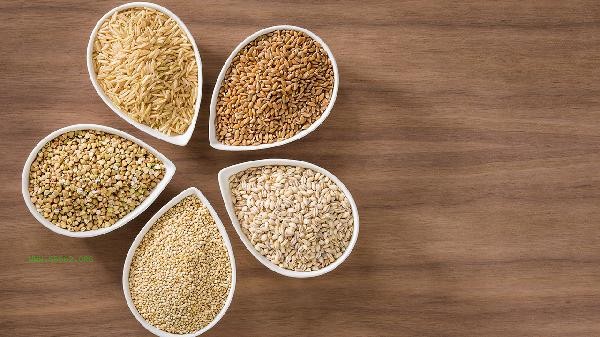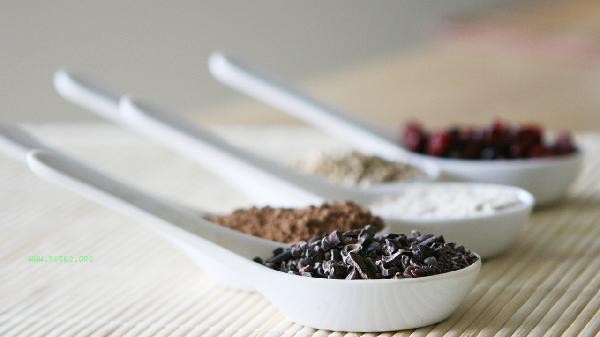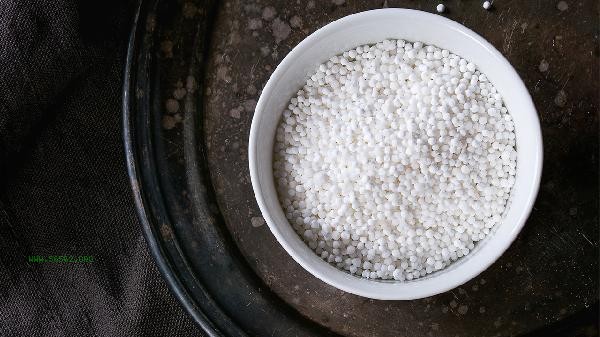The main non carbohydrate staple foods include konjac products, cauliflower rice, zucchini noodles, tofu, kale crisps, seaweed, asparagus, bamboo shoots, mushrooms, spinach, etc. These ingredients have a carbon and water content of less than 5 grams per 100 grams, making them suitable for people with a low-carbon diet.

1. Konjac products: Noodles and rice made from konjac flour have a carbon and water content close to zero, and are rich in glucomannan, which can increase satiety. Every 100 grams of konjac rice contains only 0.4 grams of carbohydrates. After absorbing water and expanding, its volume increases threefold, making it an ideal choice to replace traditional staple foods. Attention should be paid to thoroughly cooking konjac products to remove alkaloids.
2. Cauliflower rice:
The meal replacement rice made by chopping cauliflower contains 5 grams of carbohydrates per 100 grams, of which 3.5 grams are dietary fiber. Containing vitamin C and potassium elements, it can simulate the taste of rice through frying or steaming. It is recommended to choose fresh cauliflower handmade to avoid additives in pre packaged products.
3. zucchini noodles:
Use tools to slice zucchini into noodle strips, with 3 grams of carbohydrates per 100 grams and a glycemic index of only 15. Rich in lutein and zeaxanthin, suitable for cold dishes or quick blanching before consumption. Cooking time should not exceed 2 minutes to maintain a crispy and tender texture.

4. Tofu:
Old tofu contains 2 grams of carbohydrates per 100 grams and provides 8 grams of high-quality plant protein. Contains soybean isoflavones and calcium, which can be cut into pieces and fried to replace bread, or crushed into tofu Fried Rice. It is better to choose non genetically modified soy products, and those with high uric acid levels should control their intake.
5. Kale Crisps:
Dried kale leaves contain 5 grams of carbohydrates per 100 grams, of which 4 grams are non digestible fiber. Containing vitamin K and folic acid, it can replace potato chips as a snack. It is recommended to bake at low temperature to preserve nutrients when making homemade products, and attention should be paid to the sodium content of commercially available products.
When adopting these low-carbon staple foods, attention should be paid to nutritional balance, and it is recommended to pair them with high-quality fats such as olive oil, nuts, and sufficient animal protein. Long term strict restrictions on carbohydrates may lead to deficiencies in trace elements, and regular monitoring of blood ketone levels is recommended. Special groups such as pregnant women and patients with diabetes should consult a nutritionist before use. "Low carbon discomfort" such as headache and fatigue may occur during the transition period, which can be alleviated by supplementing electrolytes. When cooking, low-temperature methods such as steaming and cold mixing are often used to avoid high temperatures damaging the nutrition of ingredients.




Comments (0)
Leave a Comment
No comments yet
Be the first to share your thoughts!